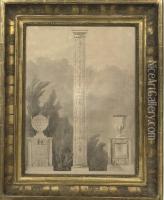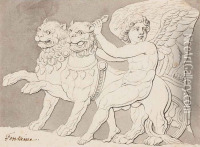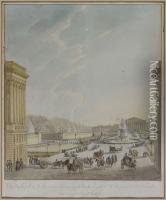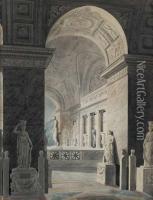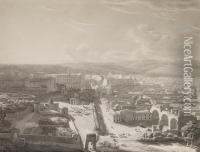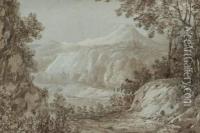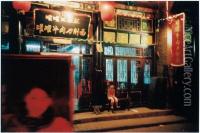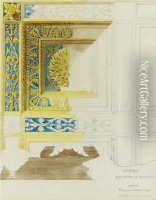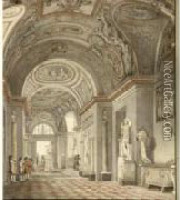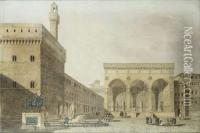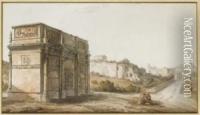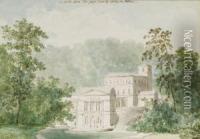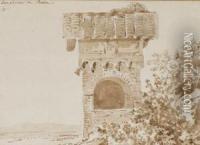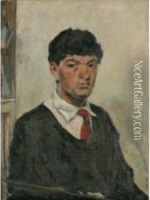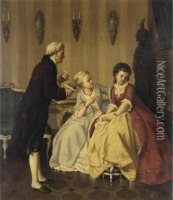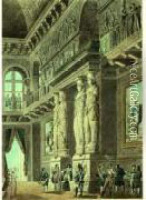Pierre Francois L. Fontaine Paintings
Pierre François Léonard Fontaine was a pivotal figure in French architecture during the late 18th and early 19th centuries, whose career spanned a crucial period in French history that included the French Revolution, the Napoleonic era, and the Restoration. Born in Pontoise near Paris, Fontaine initially trained under architect Antoine-François Peyre at the École des Beaux-Arts in Paris. His early work was influenced by neoclassicism, a style that sought to revive the principles of classical Greek and Roman architecture.
Fontaine's career was significantly shaped by his partnership with Charles Percier, whom he met while both were students in Paris. The duo became lifelong collaborators and were instrumental in developing the Empire style, characterized by its grandeur and use of symbols associated with the Napoleonic regime. After winning the Prix de Rome in 1785, Fontaine, like many young architects of his time, studied in Rome, returning to Paris as the Revolution gained momentum.
During the Napoleonic era, Percier and Fontaine were appointed official architects to the Emperor. Their most notable projects include the transformation of the Tuileries Palace and the design of the Arc de Triomphe du Carrousel. They also worked on the interior decoration of many of Napoleon’s residences, embedding the motifs of imperial power into the architectural fabric of France.
After Napoleon's fall, Fontaine continued to work under the Bourbon restoration. He served as the architect for several public projects, such as the completion of the Rue de Rivoli in Paris. Fontaine's influence extended into teaching, and his legacy includes not only his buildings but also his role in shaping the next generation of architects through his position at the École des Beaux-Arts.
Fontaine's work and his collaboration with Percier helped to define an era of French architecture that remains influential. He died in Paris in 1853, leaving behind a legacy that is celebrated for its innovation and embodiment of the spirit of its times.
